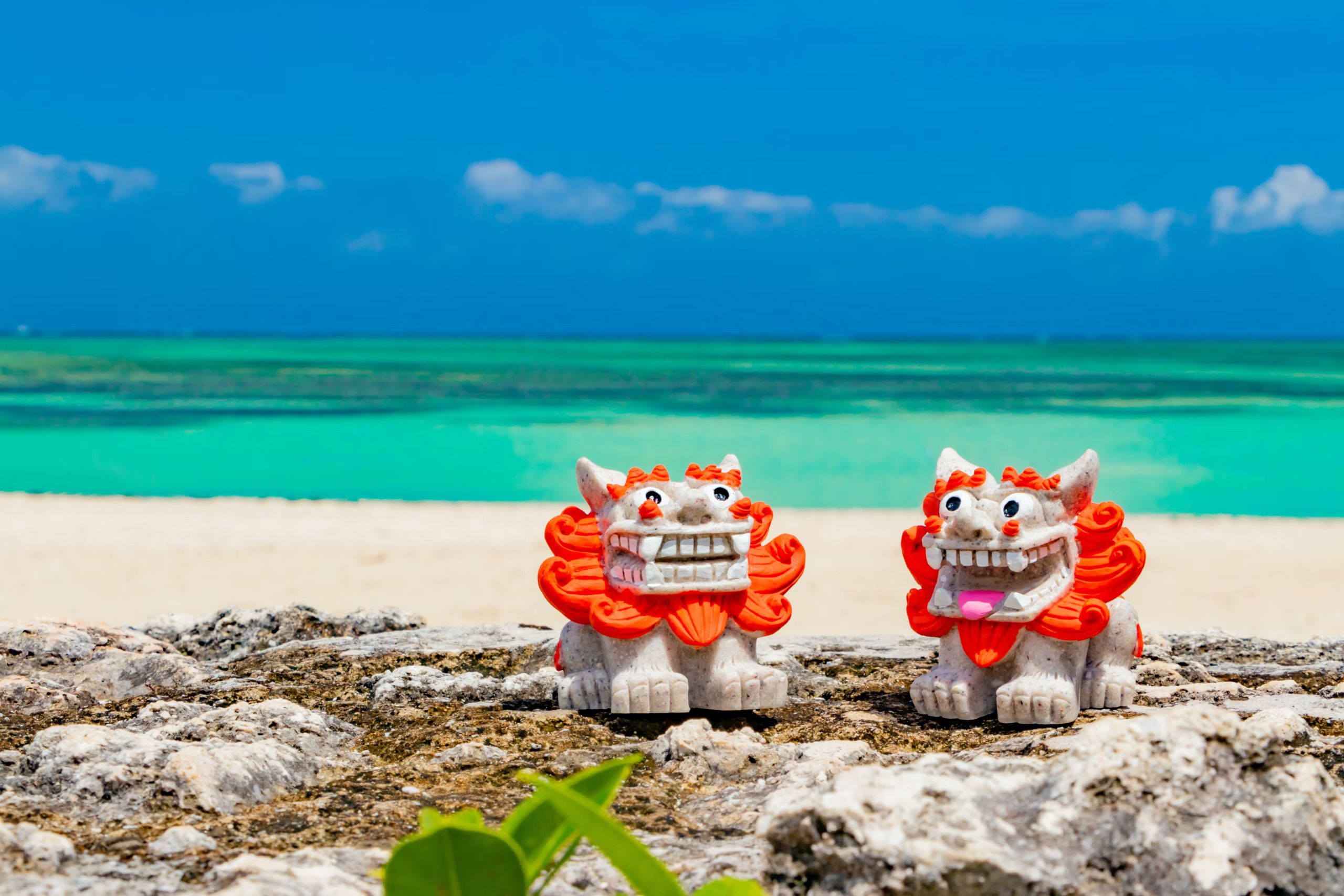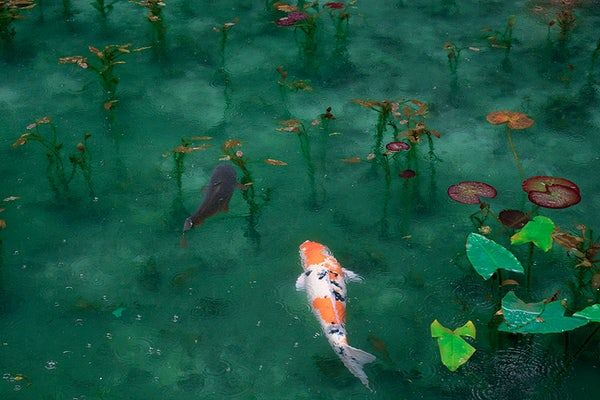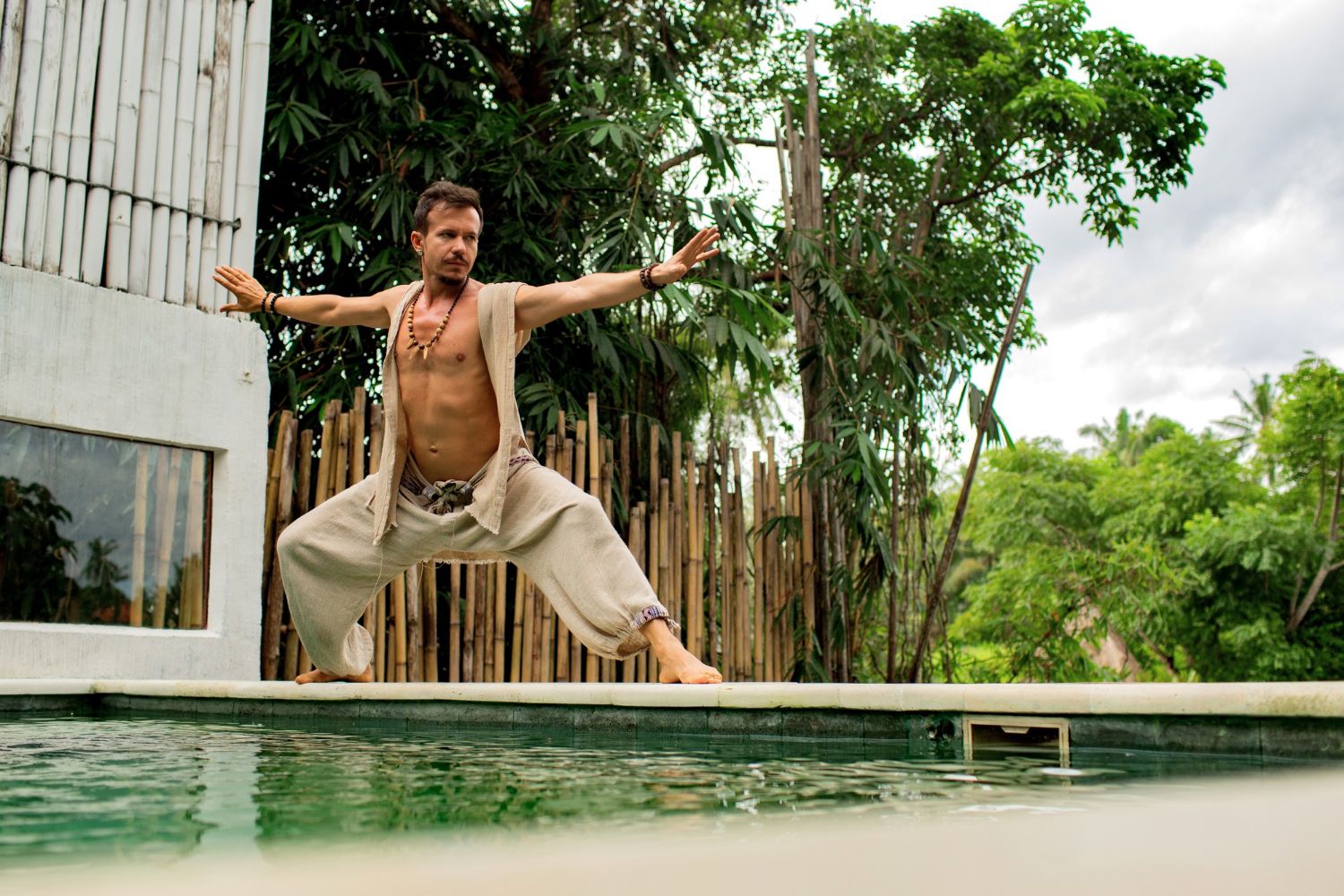Ikigai is a very popular concept in Japan. Almost every Japanese person is said to have an Ikigai or to be seeking it. The art of Ikigai is a passion or desire that provides a kind of long and happy life. This passion can be a profession or hobby or some other interest. Each of us has an Ikigai, and we must look inside to find it.
What is the art of Ikigai?
The art of Ikigai is summarized as the reason for getting out of bed joyfully each morning. It’s about finding a purpose in life. Ikigai is the secret of a happy and long life of continuing to do something enthusiastically. It has its origins on the Japanese island of Okinawa, which is one of the so-called “Blue Zones” of the world. “Blue Zones” are places where people often live to be more than a hundred years old. Ikigai is believed to help people in these areas, like a secret for living a longer and happier life. Studies have shown that people on this island also suffer from chronic diseases much less than many populations.

Because they have a purpose, there is no such thing as ‘retirement’ for Japanese people. Ikigai is where your passion, your job and your mission in life all intersect, leaving you with the desire to continue for as long as you possibly can. The results are less disease and a longer life where you enjoy every moment. So how can we find our Ikigai?
How to Find Your Ikigai?
According to a diagram by Mark Winn in the book, Ikigai: The Japanese Secret to a Long and Happy Life, there are four basic questions that you should ask yourself to find your Ikigai.
- What do you love?
- What are you paid to do in your job?
- What are you good at?
- What does the world need?
The intersection of these four questions will be your Ikigai. Once you find it, happiness and health will come through your life and you’ll have a chance to live longer.
Maybe you have asked yourself these questions but still can’t find your Ikigai.
That’s okay. The book also mentions several other ways to help find it. Living meaningfully or creating circumstances to live happily are simple methods of finding our Ikigai.
Advice for Living Happier and Longer with Ikigai
- Exercise not only physically but mentally as well.
- Avoid stress when possible.
- Meditate to filter out the chaos from the outside world.
- Stay active. Walking to work is a good place to start.
- Be social. Meet up with your friends instead of sitting in front of the TV.
- Pay attention to your diet. Switch junk food for fruits, and increase your calcium intake.
- Spend time in sunlight.
- Try to sleep for 7-9 hours every night.
- Play with pets or kids.
- Be aware of your daily routine.

Go with the Flow to Find Your Ikigai
The concept of going with the flow is another thing to help you recognize the art of Ikigai. Going with the flow can be described as being in the present moment while doing something, experiencing only that thing you are doing without being interrupted by anything else. Owen Schaffer from DePaul University of Depaul offered seven steps to creating a state of flow:
- Knowing what to do.
- Knowing how to do it.
- Knowing how good you are at doing it.
- Knowing your path.
- Recognizing the challenges.
- Perceiving your skills.
- Staying away from distractions.
If you work on these seven steps, it will help you become more productive as well showing you how to find your own Ikigai. Then it becomes easier to answer the next question: What makes you so happy that you forget all of the anxiety of the world?
Diet Principles of Ikigai - ‘HARA HACHI BU’
The people who have found their Ikigai on the island of Okinawa live very balanced lives. One of the secrets of living a happier, longer life is, of course, having a well-balanced diet and healthy eating habits.
Hara Hachi Bu: ‘Hara hachi bu’ is a Japanese term that gives us an important clue for our wellbeing. It means eating until you are 80% full. This cultural habit helps them to prevent gorging and creates mindful eating as well. Eating slowly while focusing on what you eat can contribute to a longer, healthier life.
Vegetables and Fruits: Eating different kinds of vegetables is an important part of their diet on the island. Unlike the fast-food culture, Okinawan people consume about 18 different types of food every day. At least five portions of fruit and vegetables can be found in their daily diets, and about 30% of their daily calories come from vegetables.
Cereals: Cereals like rice are the main dishes of daily life.
Less Sugar: Their diet generally includes no sugar. If they do eat sugar, they prefer sugar from a natural source, sugar cane.
Antioxidant Foods: Another reason why Okinawan people lead vigorous lives is that their diets are packed with antioxidant-rich foods. These foods include tofu, tuna fish, carrots, cabbage, onions, soybean sprouts, sweet potatoes, jasmine tea and pepper.
Teas: Drinking green or white tea every day helps Okinawans reduce the amount of free radicals in their bodies.
Exercises for Ikigai
It was discovered that the people who live in Blue Zones don't do cardio exercises. Instead, they are usually very active in their daily lives. Many of their preferred exercise types can also help us to find our balance and focus our attention on the present moment. Exercises such as yoga, rajio taiso, tai-chi, qigong and shiatsu all teach practitioners to look within. Once you begin to practice, you will become more aware of how you feel in each moment of your life and start to enjoy the beauty of it.

Finally, whether you are working on finding your Ikigai or have already found it, the most important thing to do is to keep going. Don’t resist the changing conditions of life. Go with the flow, no matter what the circumstances. Don't forget to take care of your body by exercising and paying attention to your diet. Once you find your purpose, a happy and longer life will come from simply following your dreams.














